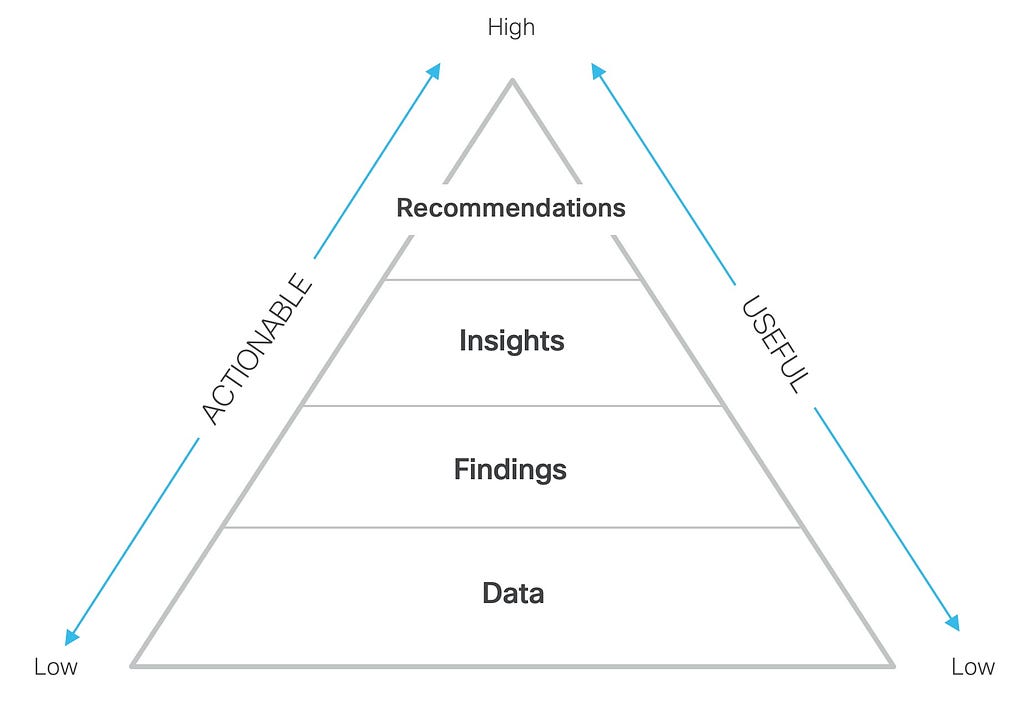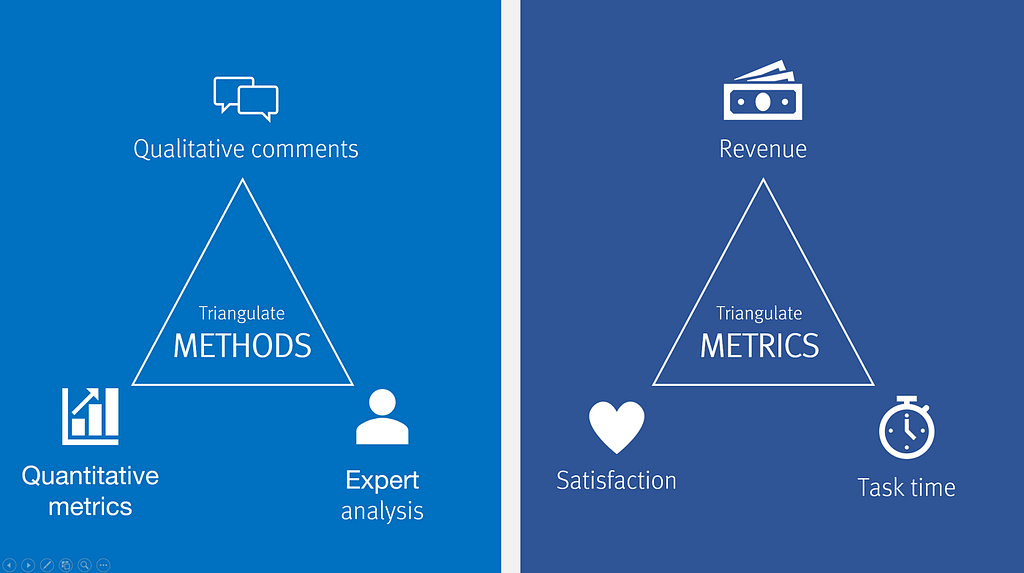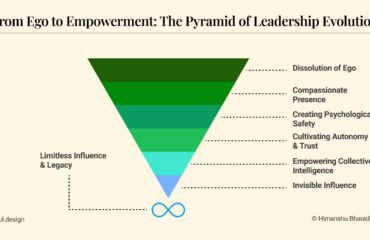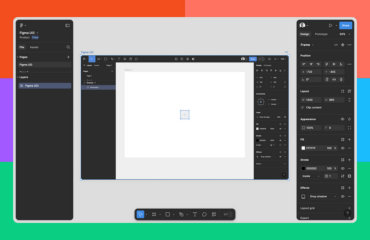Effective strategies for addressing stakeholder skepticism and ensuring user-centered design decisions.

As a UX researcher, you’re well acquainted with the hard work: you’ve carefully planned and executed research, discovered valuable insights, and developed recommendations that could greatly enhance the user experience. Yet, when it’s time to present your findings to stakeholders, you might face the following resistance:
- Questions about the validity of the sample.
- Critique of the research methodology.
- Doubts about the researcher’s qualifications.
These excuses are listed in order of frequency, with the first two being the go-to moves. The third one? That’s the nuclear option, a scorched-earth tactic that questions your very right to be in the room. It’s typically used when all else fails, and stakeholders are desperate to avoid acting on your recommendations.
Sure, there are legitimate reasons for not adopting research recommendations — like shifts in business strategy, budgetary constraints, and time limitations. But let’s be real: if a company wants to call itself “design-led,” it must prioritize the voice of the user.

Researchers specialize in transforming data into findings, findings into insights, and insights into recommendations. The movement up the pyramid of analysis results in increases in action-orientation as well as usefulness. However, decisions to act on recommendations are not solely based on data; they can also be swayed by emotions. The first step is to recognize the potential challenges you may encounter. The next step is to prepare to address these challenges effectively. This article will offer strategies to counter each type of resistance and improve the likelihood of getting the outcome users deserve.
Questions About the Validity of the Sample
Let’s talk about the “Sample Shamers.”
These folks love to throw around phrases like “The sample size was too small,” or “The participants weren’t the right type of users.” Here’s some ways to address this concern:
1. Clarify Sampling Strategy
It’s time to explain your sampling strategy clearly. Show why the chosen participants are great representatives of the user base. Whenever possible, use demographic data or user personas to align your sample with the broader user population. For instance, if you’re questioned about a study with a small sample of users, demonstrate how these individuals were carefully selected to reflect the key demographics and user personas of the target audience. It’s like casting the perfect actors to bring a story to life on stage.
2. Highlight the Significance of a Single Observation
Sometimes, one user’s struggle can reveal a world of pain. For example, if during a usability test, one participant encounters difficulty locating the checkout button on an e-commerce site, this could call for a deeper dive. Should this deeper dive reveal that the button’s placement is unintuitive for most users, a redesign to improve the overall user experience would be justified. It’s like finding a single cockroach in your kitchen — where there’s one, there are probably more.
3. Focus on Meaningful Insights
When the size of your sample is questioned, it’s useful to focus on the quality and relevance of the insights gained. Highlight how a carefully chosen, small sample can still result in highly valuable feedback. For instance, in a project with a limited number of participants, you could explain that a small, targeted group can provide profound insights if they represent key user segments. Conducting tests with a select group of power users for a sophisticated software tool, for example, can elicit critical feedback that is instrumental for implementing vital improvements.
4. Incorporate Supplementary Data
Wherever possible, bolster qualitative insights with quantitative data. If user feedback from a focus group is dismissed by stakeholders, reinforce the qualitative findings with quantitative data from user surveys and website analytics. For example, if a focus group reveals that users find a particular feature confusing, you can support this insight by showing that the same feature has a high drop-off rate in your website analytics and low satisfaction scores in user surveys. This approach can reveal consistent patterns across different data sets, thereby strengthening the case for your recommendations and making them more difficult to refute. It’s like having both the receipts and the video footage.
Addressing Doubts About the Research Method
Now come the “Method Meddlers.”
These folks love to swoop in with their “The method you used isn’t reliable or doesn’t fit our situation” line, as if they’re the gatekeepers of all research wisdom. A few approaches to deal with this concern include:
1. Educate on Methodology
Start by explaining the rationale behind selecting the method and its alignment with the research question. Emphasize the strengths of this methodology and offer examples of its effective application in scenarios like yours. For instance, if stakeholders question the reliability of qualitative user interviews, clarify how these interviews yield in-depth, detailed data that surveys might miss. You could illustrate this with an example where interviews revealed subtle user frustrations, leading to a key redesign.
2. Triangulate Data
Aim to use a variety of research methods to answer the same question whenever feasible. By triangulating data — gathering information from different sources — you can compile a more comprehensive and convincing set of findings. Triangulation becomes more important when the risk of getting the recommendations wrong increases.

Kathryn Whitenton explains the need for triangulation in her article “Triangulation: Get Better Research Results by Using Multiple UX Methods” by writing:
All research methods are limited in some way. But the solution to overcoming these limitations is not to throw up our hands and quit doing research. Instead, the best approach is to use multiple research methods, so the limitations of one method are mitigated by data from another source.
For example, if there’s skepticism about the results from usability testing for a mobile app redesign, supplement those results with A/B testing and analytics data. This additional evidence can validate the usability testing outcomes and reinforce your argument.
3. Preemptively Justify Your Methodology
When you first present your findings, be proactive in addressing any potential critiques of your methodology. Demonstrate that you have considered these critiques and provide a reasoned explanation as to why the method remains appropriate. For example, if there’s a likelihood of criticism for employing remote usability testing, explain in advance that this approach enables a wider range of participants, captures more authentic user behavior, and facilitates a more global representation in the sample, thereby enriching the research findings. Think of it as saying, “I’ve already built the safety net, so let’s take the leap together.”
Addressing Concerns About Researcher Expertise
Meet the “Qualification Quizzers.”
These folks love to swoop in with their “The researcher lacks the necessary experience or expertise” line, as if they’re the gatekeepers on required qualifications. Here are some ways to respond to this concern:
1. Showcase Your Credentials
Time to flex those academic muscles and industry chops. Emphasize your qualifications, detailing your educational background, relevant industry experience, and past project successes. For instance, when a researcher’s expertise was questioned by a new stakeholder, they underscored their comprehensive experience, including a master’s degree in Human-Computer Interaction (HCI), ten years of industry experience, and a portfolio of successful projects, thereby affirming their credibility. If you’re relatively new to the UX research profession, highlight your recent education, certifications, and any relevant projects or internships.
2. Cite Third-Party Validation
Bring in the big guns. Cite studies or findings from respected external researchers in the field, or inside your company, that align with your own results. This can lend additional credibility to your research. When faced with doubt about your team’s findings, you might reference corroborating studies from authoritative sources like the Nielsen Norman Group, MeasuringU, Drill Bit Labs, or others providing external validation that bolsters stakeholder confidence. It’s like saying, “Don’t just take my word for it; even the experts agree.”
3. Highlight Continuous Learning
Show that you’re not just resting on your laurels. Highlight your ongoing commitment to professional growth. Mention any recent training, conference participation, or newly acquired certifications that contribute to your expertise. For example, to address concerns about keeping up with industry trends, you could share that you recently completed an advanced UX methodology course and attended a prominent UX conference, showcasing your commitment to staying at the forefront of the field.
Building Stakeholder Confidence
Here’s how to turn those skeptical stakeholders into your biggest fans. Here are some strategies to layer onto the responses articulated earlier to build a foundation of trust and collaboration:
1. Engage Stakeholders Early
Get stakeholders involved from the get-go. This can involve collaborative discussions about the research approach, choice of methods, and even direct observation of research sessions. Early engagement can foster a sense of ownership and trust in the research outcomes. Laura Faulkner PhD makes the case in her article “Two Critical Philosophies for Sharing UX Research Results” that trust is best built through transparency with stakeholders:
But stakeholders will only act on your findings if they believe that you understand their goals and can deliver what they need. To build this highly necessary trust and credibility, get comfortable with transparency in your research processes.
For a significant redesign initiative, you might invite stakeholders to observe user testing sessions, providing them with direct insight into user pain points and fostering greater acceptance of the recommendations.
2. Communicate Clearly
Deliver research findings in a straightforward, engaging manner. Utilize visuals, storytelling, and direct quotes from users to make the data resonate and leave a lasting impact. In a project with complex findings, employing infographics, user testimonials, and narrative techniques can help stakeholders grasp and embrace the recommendations more readily. Think of it as turning your research into a blockbuster movie — complete with plot twists and a happy ending.
3. Present Actionable Insights
Present recommendations that are feasible and directly applicable. To be clear, feasible in the sense that they can eventually be done, not that they are immediately or easily done. Stakeholders are more inclined to implement suggestions that have a clear connection to business objectives and user benefits. Sarah Soha makes a similar argument in her article “Prioritize Design Solutions or Research Recommendations to Get Buy-in” when she writes:
If the feature you are proposing doesn’t impact what the business cares about, it won’t get the buy-in from the stakeholders.
To ensure your insights lead to action, directly link each recommendation to a specific business goal, such as demonstrating how usability enhancements could lead to increased conversion rates, thereby highlighting the tangible business benefits.
It is also important to show the linkage between data, findings, insights, and recommendations that creates the “chain of evidence.”
By using these strategies, you’ll not only build stakeholder confidence but also turn them into advocates. Or at the very least, they’ll stop questioning your every move and start seeing the value you bring to the table.
Overcoming stakeholder resistance to UX research recommendations requires a proactive approach. The goal is to ensure that those golden nuggets of user insights are transformed into meaningful improvements.
UX research isn’t just about finding problems; it’s about convincing others to care and act on them.
It’s crucial for stakeholders to recognize that while data from research is critical, the researcher’s ability to contextualize and interpret this data, drawing on years of experience, is equally important for accurate analysis. Think of it as the difference between reading a recipe and cooking a gourmet meal.
The objective is to guide stakeholders from skepticism to advocacy, prompting them to act on the recommendations provided by research. If there’s no progress despite using the strategies mentioned, this may indicate deeper issues that require escalation to address or, alternatively, suggest the need to reposition the researcher in a more conducive environment for impact.
In other words, if you’re still hitting a brick wall, it might be time to bring in the wrecking ball or find a new construction site altogether.
So, move forward with confidence and remember that collaboration doesn’t mean you have to speak softly. Research and data-inspired recommendations are essential for driving meaningful change and improving user experiences. Don’t back down from your findings, communicate clearly, and trust in the value you bring to the table.
Overcoming UX recommendation resistance was originally published in UX Collective on Medium, where people are continuing the conversation by highlighting and responding to this story.
Related Posts

As SNAP Delays Continue, 10 Ways to Face Food Prices – Civil Eats









